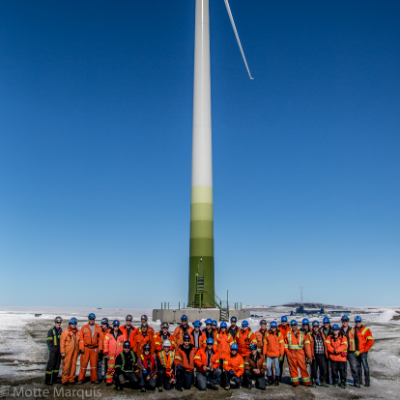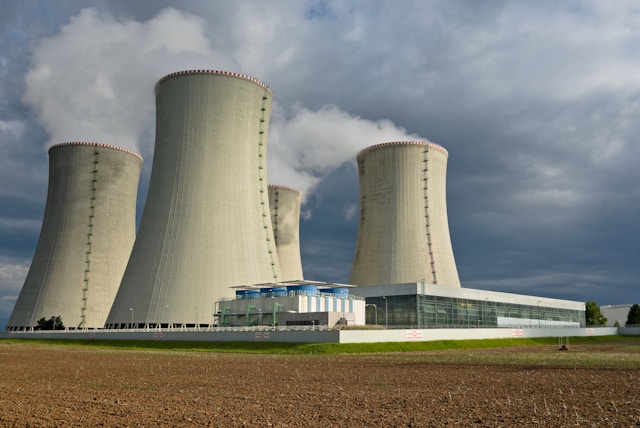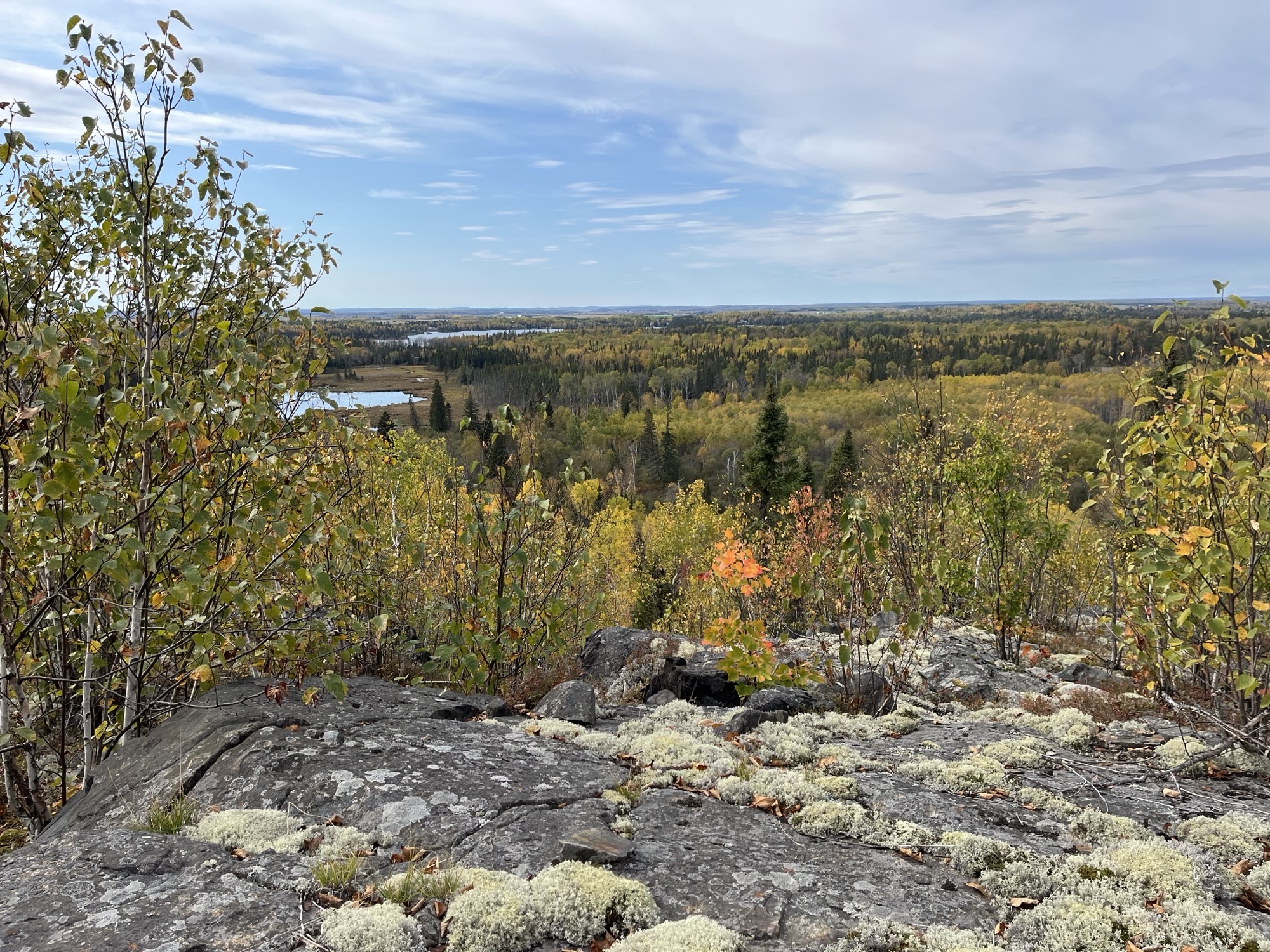Glencore goes two for two in the 2016 TSM Excellence Awards

The Raglan Mine on a typical Arctic day — Photo courtesy Glencore Canada. Glencore’s Raglan Mine in northern Quebec and Kidd Operations in Timmins, O
The Raglan Mine on a typical Arctic day — Photo courtesy Glencore Canada.
Glencore’s Raglan Mine in northern Quebec and Kidd Operations in Timmins, Ontario, were both recognized with 2016 Towards Sustainable Mining Excellence Awards at the Canadian Institute of Mining, Metallurgy and Petroleum (CIM) Awards Gala in Vancouver in May. The Raglan Mine was given the Environmental Excellence Award for its successful use of renewable energy while Kidd Operations was awarded the Community Engagement Excellence Award for helping local non-profits in Timmins, Ontario, by the Mining Association of Canada.
The Raglan Mine is not connected to hydroelectric or natural gas networks and therefore relied on diesel to produce electricity for its entire operation. To reduce its fossil fuel dependence and greenhouse gas emissions, the mine explored various options to introduce green energy into the mine, leading it to carefully study wind power. “Wind speed data was collected from three wind-monitoring stations to help provide critical data of wind power at the Raglan Mine site," said Jean-Francois Verret, director of capital projects and exploration at the Raglan mine. As we sit on a 500 metre plateau of altitude, Raglan Mine’s wind resource is among the best in the world.”
With encouraging results from the data collected, the mine decided to construct a wind turbine on the property to harness the wind. The results were not only beneficial to the mine, but also indicated that the Arctic harbours the world’s richest wind resource which, combined with the success of the wind turbine project, could help Inuit communities implement sustainable energy practices themselves. “This project has been sized and designed to bear relevance to Aboriginal and remote communities (which also rely on fossil fuel to supply their facilities), reducing the cost of energy, diversifying the local economy and improving the quality of life through less noise, better air and reduced risks of diesel spillage on land and sea,” said Verret.
The wind turbine was brought into operation on August 31, 2014, and as of August 1, 2016 the mine had reduced greenhouse gas emissions by 11,870 tonnes and displaced 4.45 million litres of diesel. “The project was unprecedented in scale and functionality, with innovation in permafrost-sensitive foundation technology," Said Verret. The conventional gravity-based concrete socle was replaced with an innovative steel structure above ground. The project also addressed the need to adjust to fluctuating wind energy. The Raglan Mine is evaluating the possibility of installing a second windmill because the project has been so successful thus far.
The mine places a high priority on sustainability by committing to minimize the impact of its activities on the environment and be a leader in environmental management. Glencore has made this very apparent with the wind turbine project and the Mining Association of Canada took notice by awarding the Raglan Mine with the Environmental Excellence Award. “We are very proud of this award," said Verret "For us, it means that our investments are worth it. Being recognized within the industry for our project will increase its knowingness, which should contribute in explaining its benefits to local communities, which also rely on fossil fuel to produce electricity. With such great results, we wish they will be interested in moving forward with greener energies for their village; together, we can create a greener Nunavik,” said Verret. (Nunavik comprises the northern third of the province of Quebec.)
As mentioned above, the Raglan Mine wasn’t the only Glencore operation to take home an award. Kidd Operations, which includes the Kidd concentrator and Kidd Mine, received the Community Engagement Excellence Award for helping local non-profits secure long-term sustainability. Through the Community Partnerships program, Kidd Operations has donated nearly $4 million toward community initiatives since 2007. The mine has an anticipated closure date of 2022, because of this the Kidd Operations has reinvented its corporate giving approach to mitigate the impact of its eventual exit.
The new Community Partnerships model takes a proactive approach to social investment, moving away from traditional corporate philanthropy. The success of the program attracted the attention of the Ontario Trillium Foundation (OTF). Together the two launched the $1 million Kidd Operations-Ontario Trillium Foundation Legacy Fund, which will begin making grants when Kidd ceases operations. The Community Partnerships program and the Legacy Fund are aimed at helping community organizations achieve greater self-sustainability beyond closure of the Kidd Operations.



